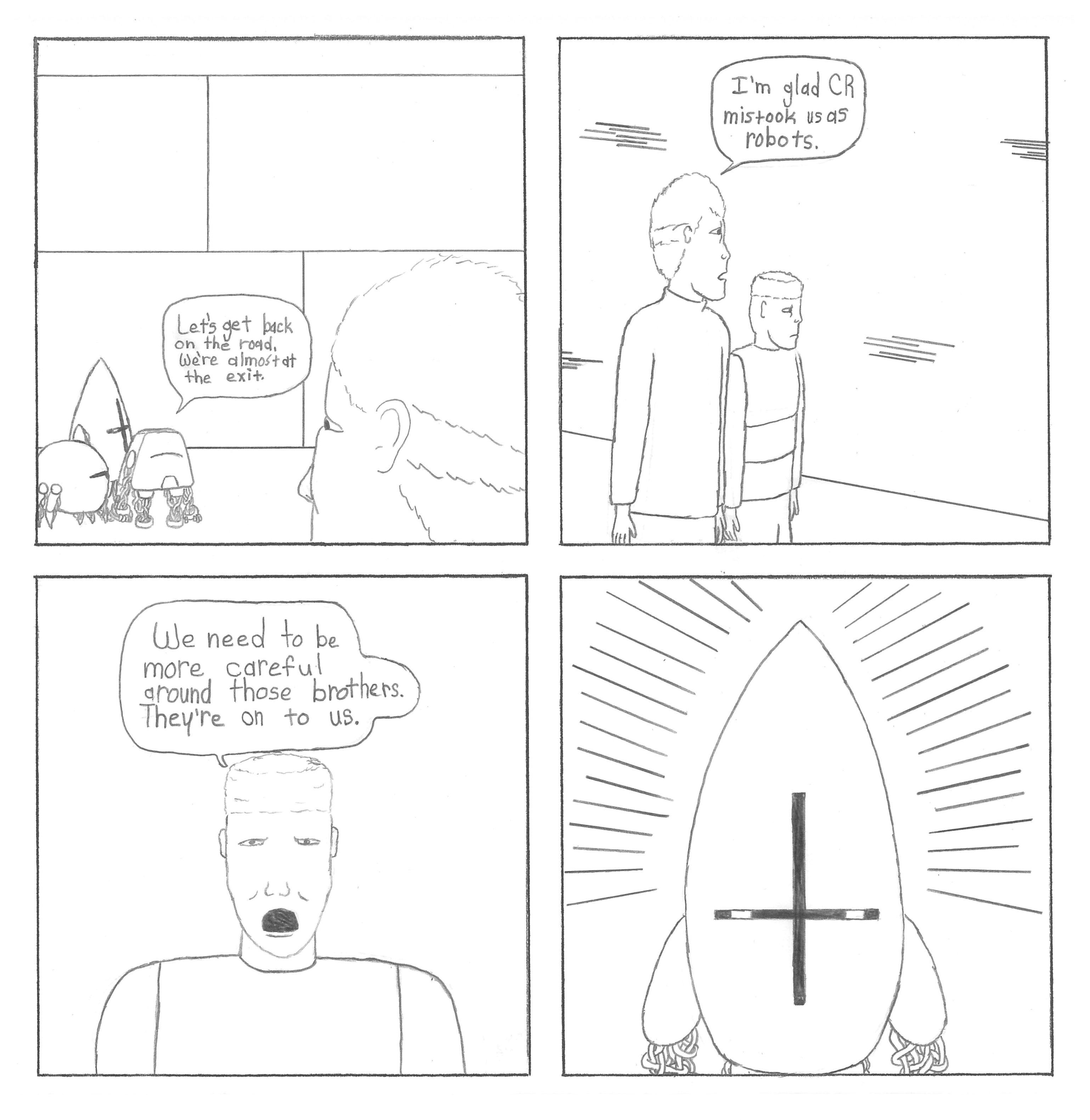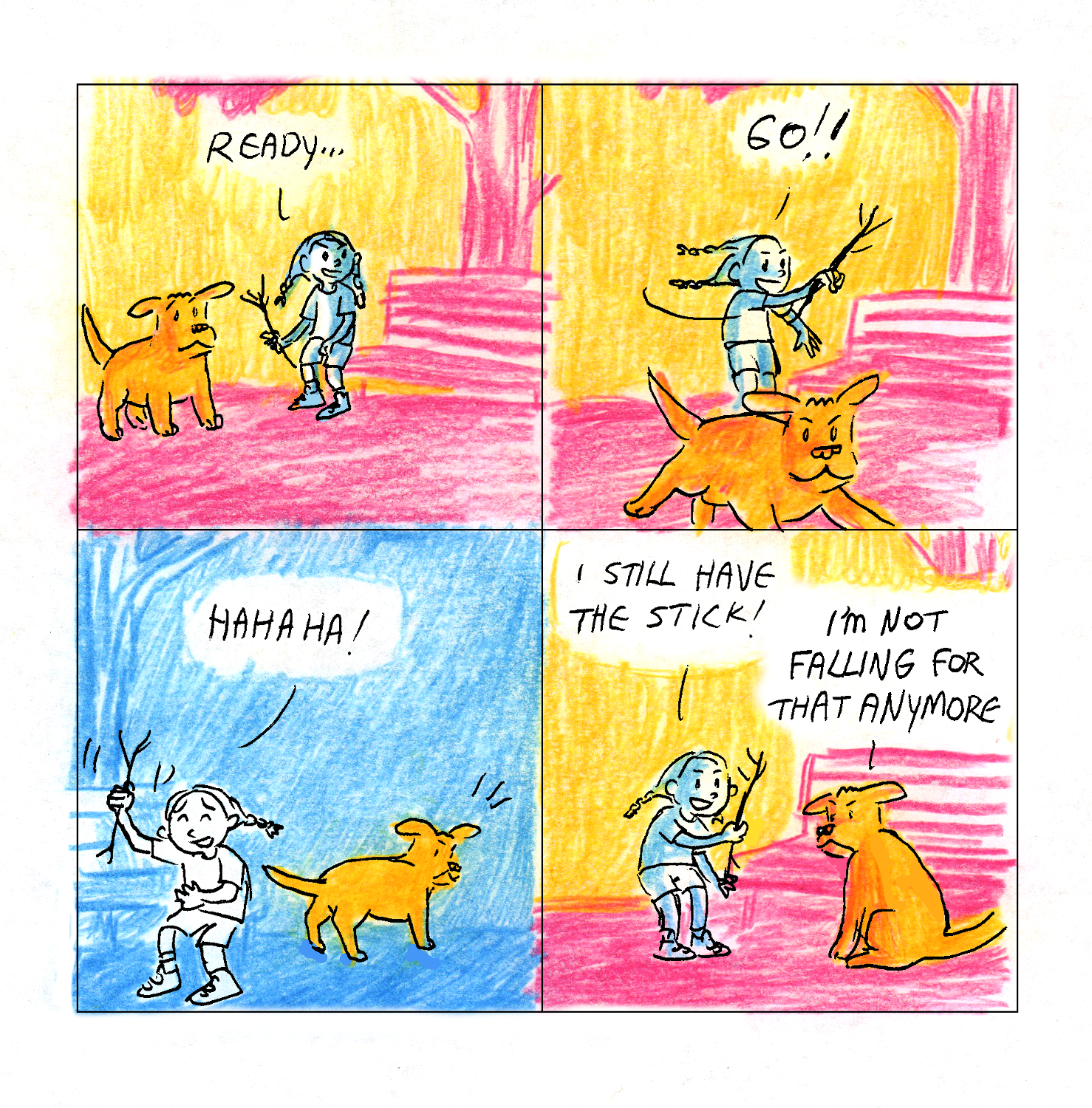Aaron Cockle today with Leslie Stein; Joan Cornellà; Exploratory Works; Jason Lutes; TSA Book Update; Guy Delisle
—————————————————————————————————
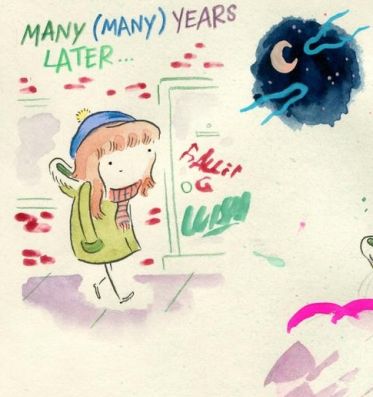
‘Death, depression, alcohol abuse, god, and suicide, as well as tales of exes, a trip to a barbershop quartet convention, a job as a telemarketer, and childhood holidays’
Ken Parille with ‘A Brief Appreciation’ of Leslie Stein:
Stein also takes a minimalist approach to backgrounds, perhaps as a way to reinforce the subjective, personal focus of the memories she recounts. Some artists concentrate too much on figures and foreground, making environments seem less important and weakening the story dynamic of character-place interaction. But it’s always clear where her characters are — bedroom, streets, bar, satanic ritual, etc. And though “Holy Jolly Sabbath”’s minimalism contributes to its sense of openness, its layout also gestures to the “grid conventions” of symmetry, balance, and order. Page one starts with an upper-left corner image bleed and ends with a lower-right corner bleed. Page two uses a familiar arrangement in which the page’s final “row” is anchored by one large panel that sits beneath several smaller-sized panels (which again, in Stein, are not really panels)
—————————————————————————————————
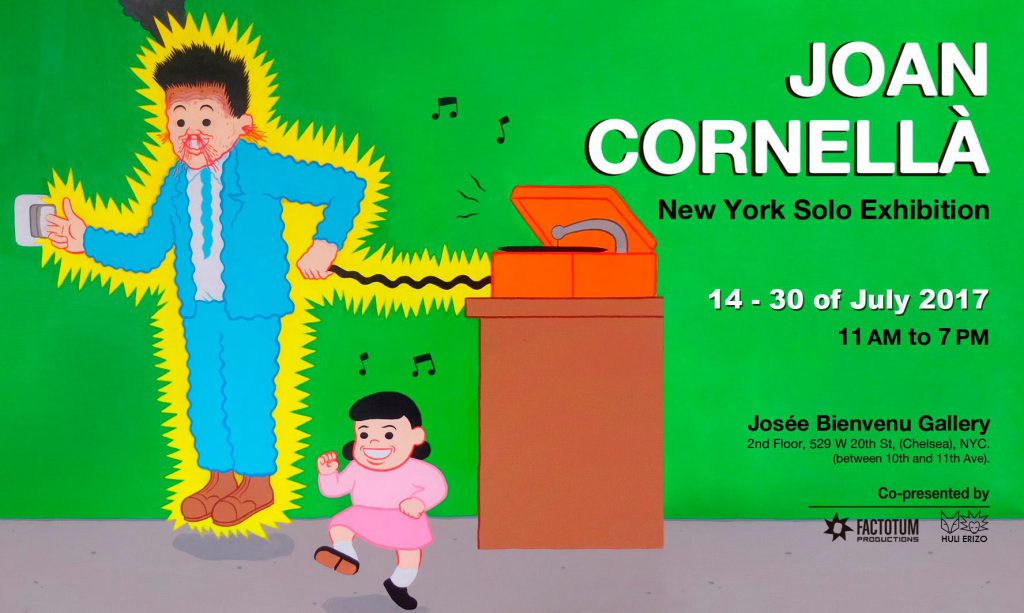
Joan Cornellà: A New York Solo Exhibition
co-hosted by Factotum Productions & Huli Erizo
July 14 – July 30, 2017
11am – 7pm
Josée Bienvenu Gallery, 2nd floor
529 W 20th Street (between 10th & 11th Ave), NYC
—————————————————————————————————
Closing this Sunday at The Drawing Center: Exploratory Works: Drawings from the Department of Tropical Research Field Expeditions
This exhibition brings to light for the first time an archive of images that illustrate the formation of our modern definition of nature. William Beebe (1877–1962) was one of America’s greatest popularizers of ecological thinking and biological science. Beebe literally took the lab into the jungle, rather than the jungle to the lab. The Department of Tropical Research was pioneering in that, under Beebe’s direction, women were hired as lead scientists and field artists. Artist Isabel Cooper, joining in 1919, publicly relished her opportunity to travel through the jungles of Guyana juggling a “vivid serpent or tapestried lizard in one hand, and the best grade of Japanese paintbrush in the other.” The structure of The Drawing Center’s exhibition mirrors the two salient stages of the Department of Tropical Research’s investigations: jungle field station work and floating laboratories for marine biology —revealing that artists and scientists worked closely and productively in the near past and that scientists once understood art as a valuable tool for promoting ecological thinking to a broad public. For the exhibition at The Drawing Center, Mark Dion constructed two installations which take as their inspiration images of the interiors of the DTR field stations. While one of the installations will develop the space of the jungle laboratories, the other will look to the oceanographic workshops. Numerous images in the WCS archive depict the work situations and interior conditions in both the tropical forest field stations and the floating labs of the research vessels. Curated by Mark Dion, Katherine McLeod, and Madeleine Thompson.
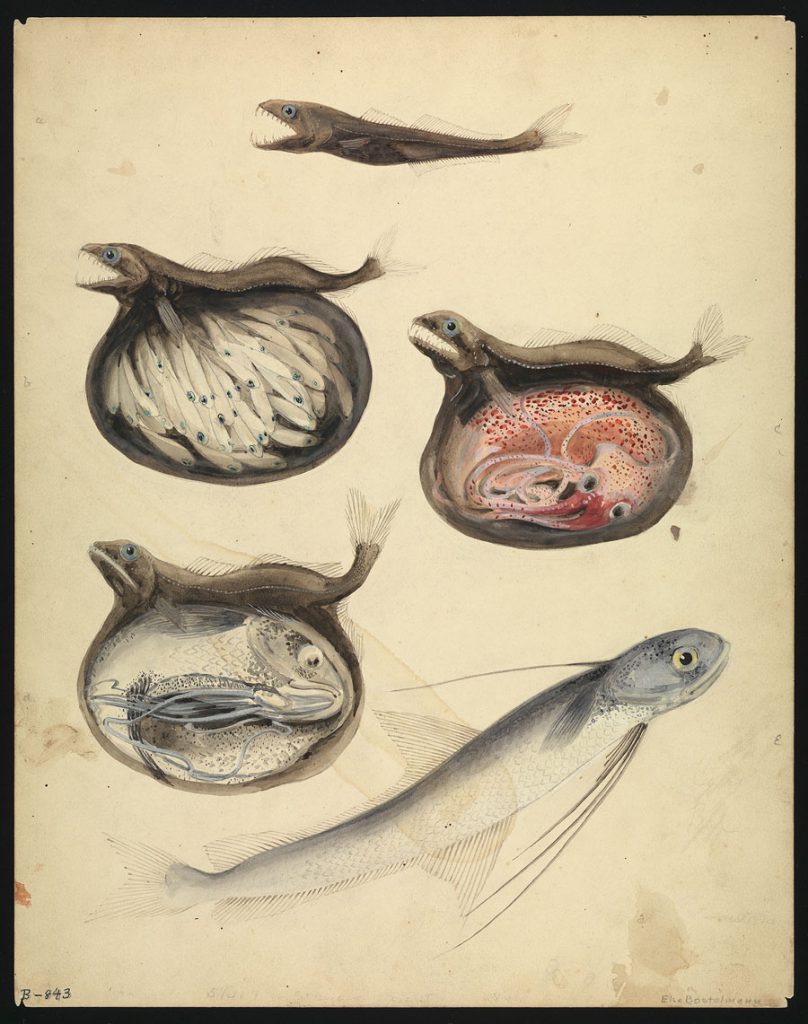
—————————————————————————————————
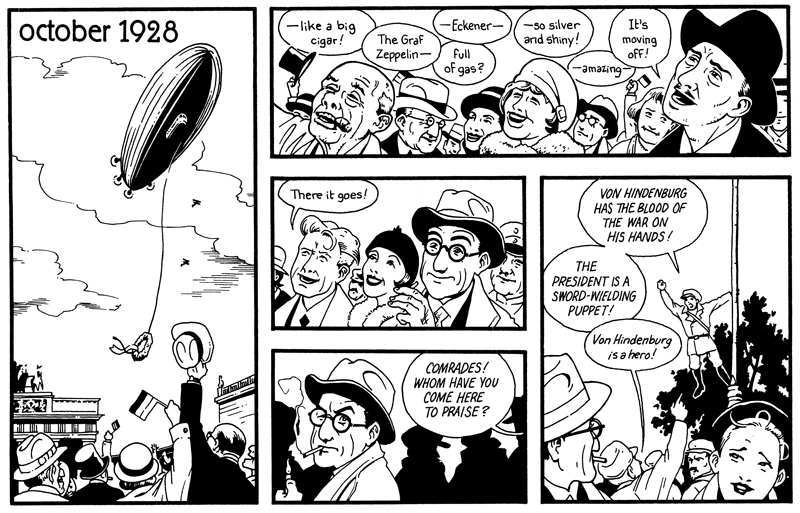
“I had never imagined that the city that I’d studied for so long would actually strike me as beautiful.”
Daniel A. Gross spoke with Jason Lutes about Lutes’s long book, Berlin, and the contemporary and historical context it now/still holds:
At the same time, Lutes felt that after spending 23 years on the project, he couldn’t give in to the temptation to turn his comic into an allegory for the Trump era. “I still plan to stay true to the characters and their context, without letting current events color things in any overt way,” he says of the final chapters. For all the similarities between Berlin and the United States today, the present can seem in some ways unprecedented. “We’re in a place where reality feels like speculative fiction, which makes historical fiction like my book seem quaint.”
—————————————————————————————————
UPDATE: TSA Ends Test of Separate Scanning for Books
I had posted about this last week, Maren Williams at the Comic Book Legal Defense Fund discussing the Transportation Security Administration’s enhanced screening of books at some airports in the U.S.:
In a press statement, the TSA said that it “understands privacy concerns and only inspects items to clear them of dangerous/prohibited items.” Separately in a public-facing blog post, the agency said that pilot tests had been conducted and subsequently ended at only two airports. It then made some curious attempts at humor in dismissing privacy concerns:
[O]ur adversaries seem to know every trick in the book when it comes to concealing dangerous items, and books have been used in the past to conceal prohibited items. We weren’t judging your books by their covers, just making sure nothing dangerous was inside.
—————————————————————————————————
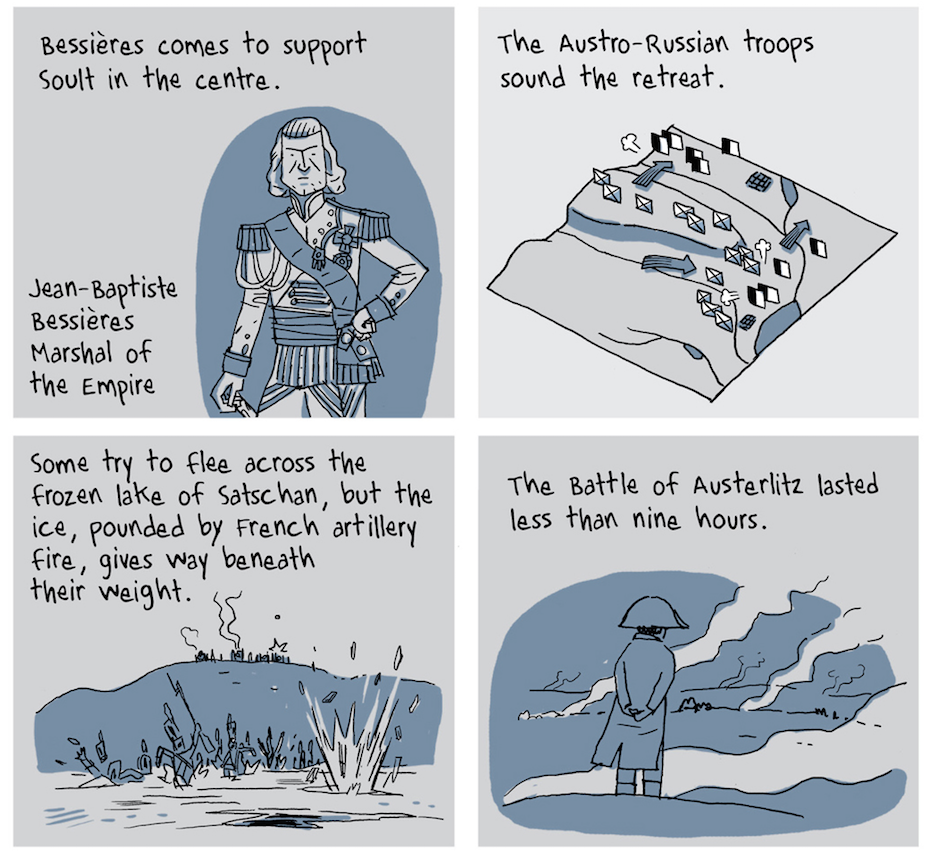
‘I want the reader to have the physical sensation of time passing. That’s why the book is four hundred pages.’
Simon Ostrovsky talks with Guy Delisle in support of Delisle’s new book, Hostage:
I wouldn’t put fiction in—that would compromise the rest of the book. It’s all taken from my notes, which I still have, and I go through them to find things that are funny, strange, weird. A comic book is a mix of drawing and text, and it’s very powerful, it’s a concentrate. It’s like you have five seconds for one page, and you can switch from drawing to text, text to drawing, and you can find a solution where you can make it come together. I like that, because I’m always afraid of boring people.
—————————————————————————————————
A Cosmic Journey – 7-11-2017 – by Cameron Arthur
————————————————————————————————
Suzy and Cecil – 7-11-2017 – by Gabriella Tito
—————————————————————————————————
Joanie and Jordie – 7-11-2017 – by Caleb Orecchio
